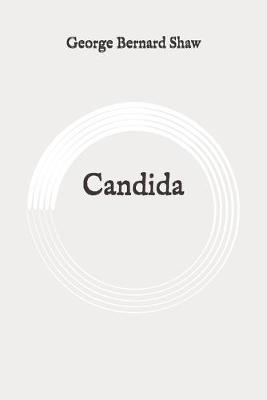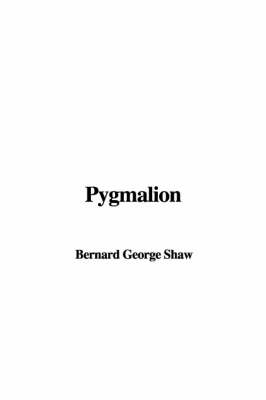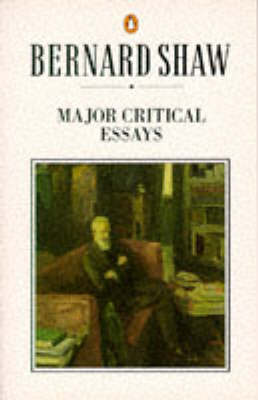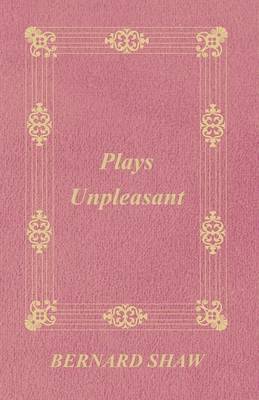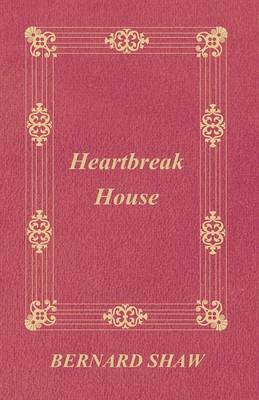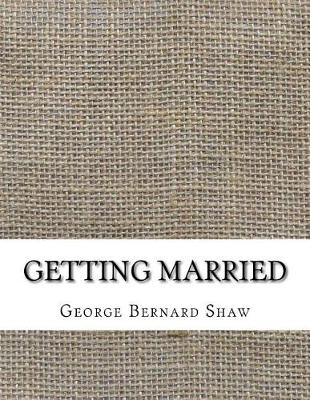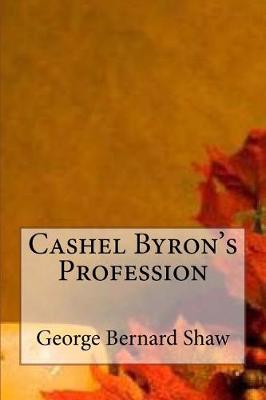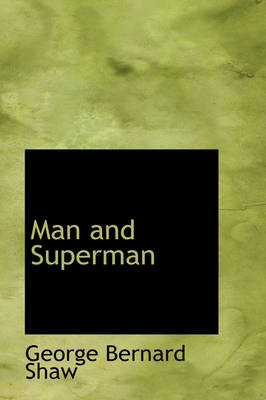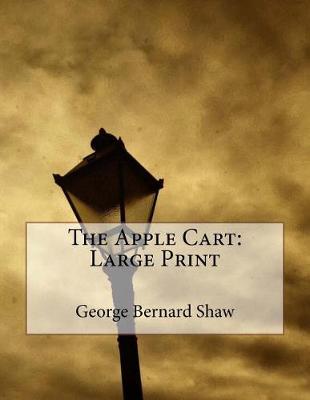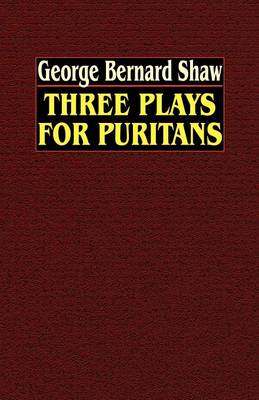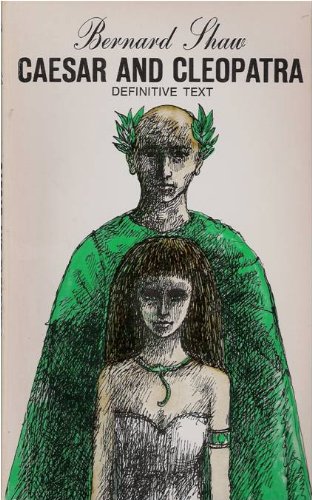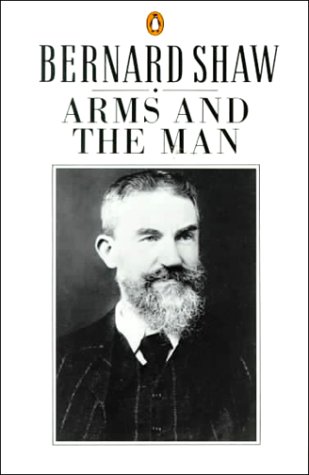Shaw Library
14 total works
A Penguin Classic
Andrew Undershaft, a millionaire armaments dealer, loves money and despises poverty. His estranged daughter Barbara, on the other hand, shows her love for the poor by throwing her energies into her work as a major in the Salvation Army, and sees her father as another soul to be saved. But when the Army needs funds to keep going, it is Undershaft who saves the day with a large check—forcing Barbara to examine her moral assumptions. Are they right to accept money that has been obtained by “Death and Destruction”? Full of lively comedy and sparkling debate, Major Barbara brilliantly tests the tensions between religion, wealth and power, benevolence and equality, and metaphors and realities of war.
This is the definitive text under the editorial supervision of Dan H. Laurence. This volume includes Shaw’s preface of 1906, the cast list from the first production of Major Barbara, and a list of his principal works.
Centuries later George Bernard Shaw captured the magic of this legend in his celebrated romantic play, Pygmalion. Pygmalion became Henry Higgins, a professor of phonetics, his statue an untutored flower girl from the streets of London, and the barrier between them the difference in their stations in life.
In My Fair Lady, the legend is taken one step further: the barrier is swept away and Higgins and Eliza are reunited as the curtain falls on one of the loveliest musical plays of our time.
--back cover
A Penguin Classic
When Ellie Dunn joins a house party at the home of the eccentric Captain Shotover, she causes a stir with her decision to marry for money rather than love, and the Captain’s forthright daughter Hesione protests vigorously against the pragmatic young woman’s choice. Opinion on the matter quickly divides and a lively argument about money and morality, idealism and realism ensues as Hesione’s rakish husband, snobbish sister, and Ellie’s fiancé—a wealthy industrialist—enter the debate.
Heartbreak House was written between 1916 and 1917, as war raged across Europe. With its bold combination of high farce and bitter tragedy, it remains an uncannily prophetic depiction of a society on the threshold of an abrupt awakening.
This is the definitive text under the editorial supervision of Dan H. Laurence. This volume includes Shaw’s preface of 1919, the cast list from the first production of Heartbreak House, and a list of his principal works.
After poleaxing his mathematics master with a perfect right, Cashel Byron, the unloved son of a successful actress, runs away to Australia. He returns to England and becomes the most famous prizefighter of his age, only to be floored himself by the lovely and impossible Lydia Carew.
Can Lydia, with her reputation for vast learning and exquisite culture, be wooed by the ruffian Cashel? Can Cashel successfully hide his illegal professional? And so follows, with Shaw's inimitable wit and sparkle, a tale of miscommunication, drawing-room comedy and love.
